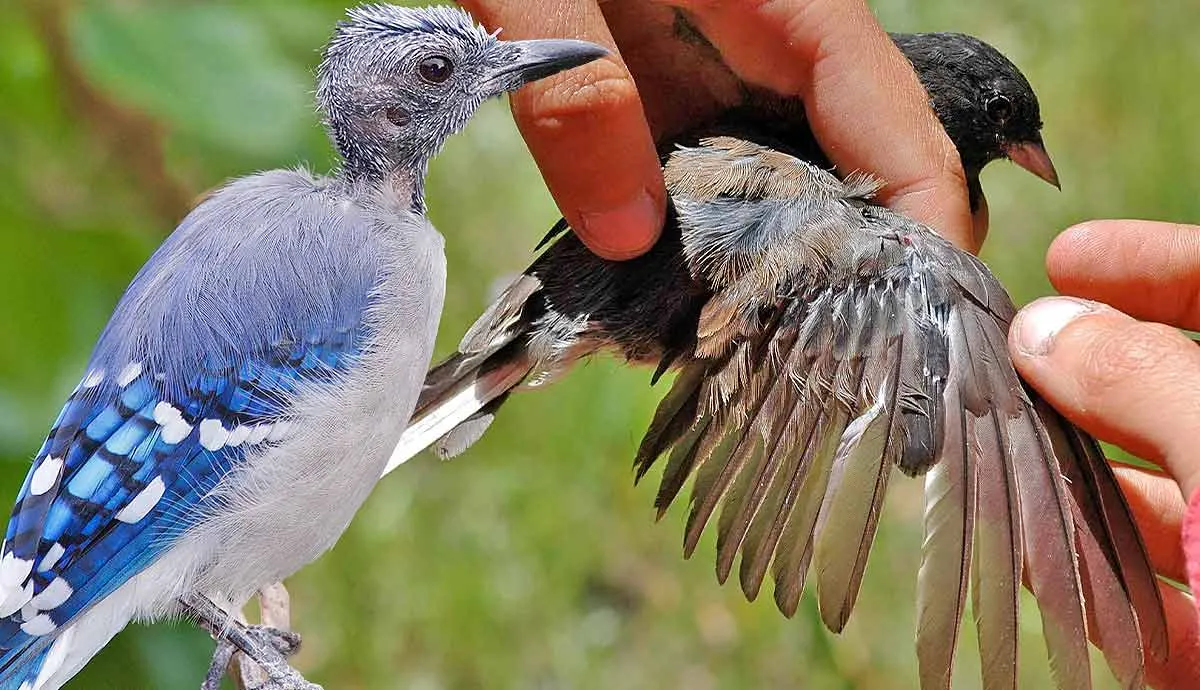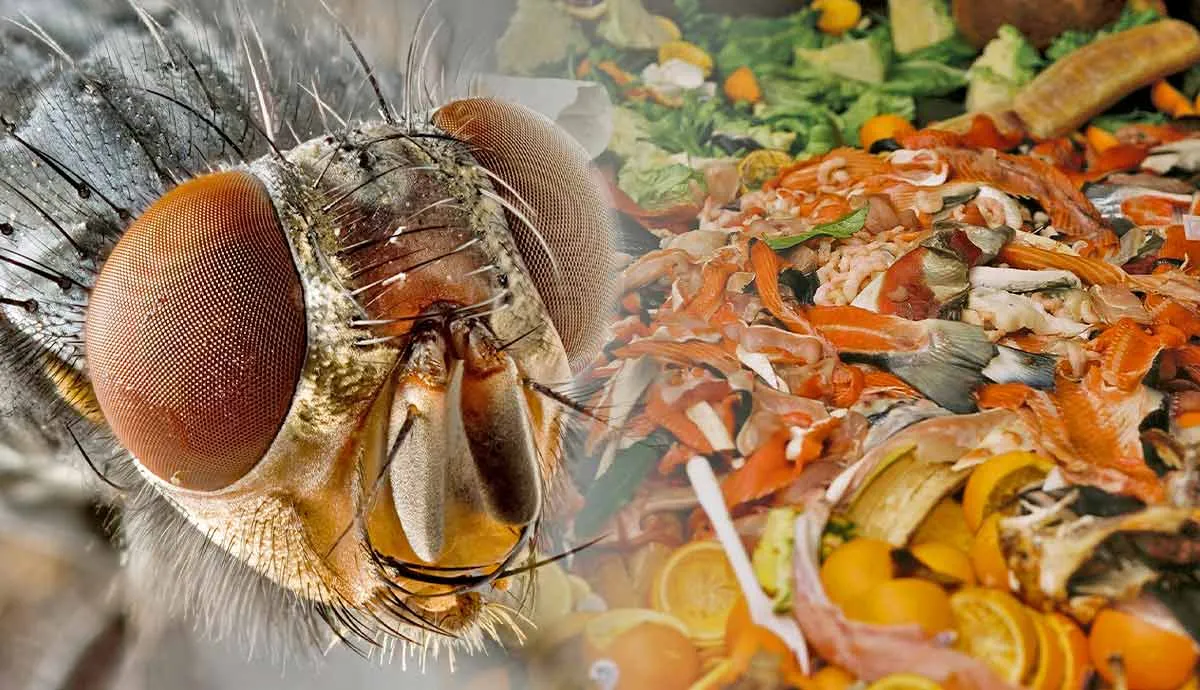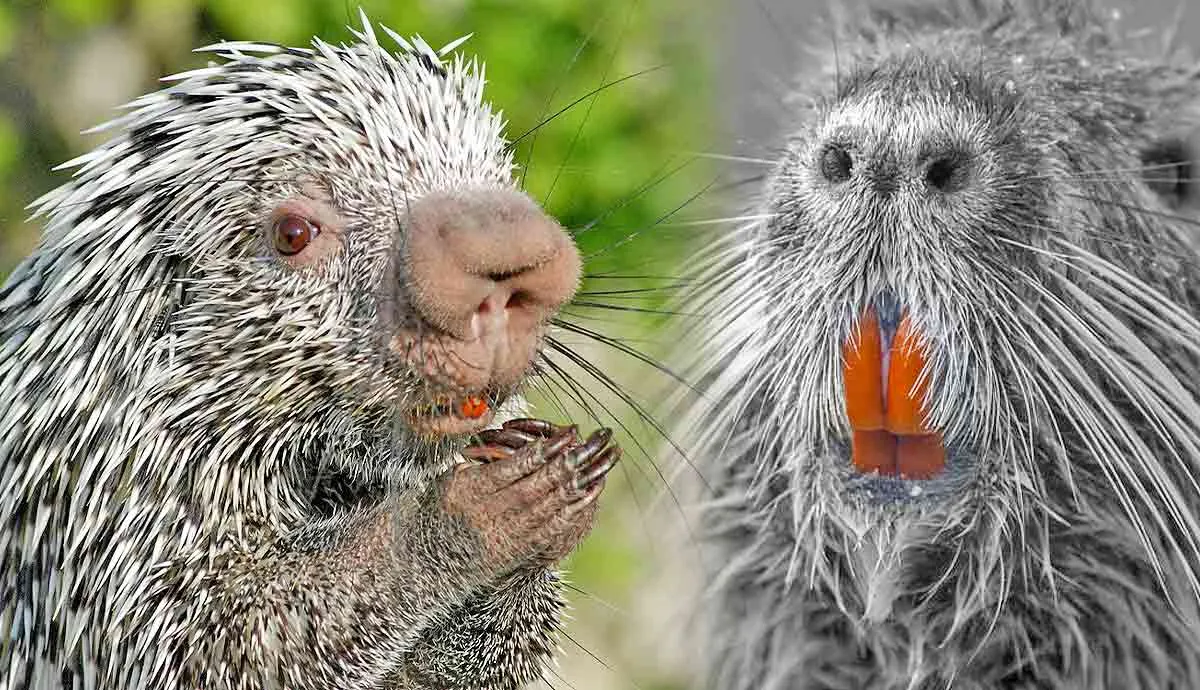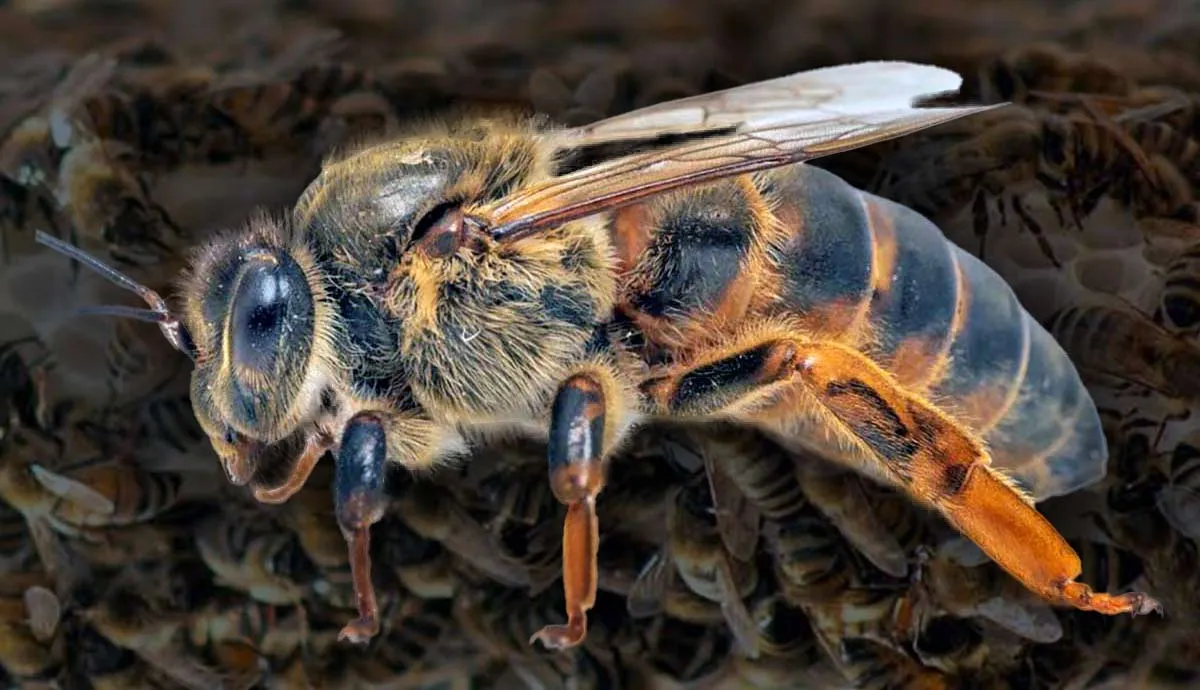There are some animals that are so rare, they can only exist in captivity with the help of zoos and animal breeding programs. With their efforts, many endangered species have made a comeback––with some being introduced back into the wild.
However, the animal species on this list need human intervention to survive. Some include the scimitar oryx, Socorro dove, Hawaiian crow, and Wyoming toad. Let’s discover how zoos are keeping these animal species from going extinct.
Scimitar Oryx Are Extinct in the Wild

Scimitar oryx are white, long-horned antelopes with reddish-brown necks. They have long, black tails, black tongues, enlarged hooves, and strong eyelids, making them the perfect desert animal. That’s because their:
- Coats reflected the sunlight, keeping them cooler
- Tongues prevented sunburn
- Hooves helped them walk on sand
- Eyelids protected them against wind-blown sand
Years ago, the scimitar oryx lived in herds of 20 to 40 individuals, feeding on grasses, herbs, juicy roots, buds, and any other vegetation they could find. They roamed the Sahara and Sahel regions of North Africa alongside lions, elephants, and antelope.
Unfortunately, as of 2000, these beautiful creatures are now extinct in the wild. Their numbers were once in the thousands, but overhunting, drought, and loss of food drove these animals to extinction.
There are private collections of these creatures in the United Arab Emirates and the United States. People estimate that around 5,000 captive scimitar oryx are alive today. There are some on exhibit today at the Smithsonian's National Zoo in Washington, D.C. Through conservation efforts (some of which involve breeding scimitar oryx with similar species), there are plans to reintroduce them into Tunisia, Chad, and Niger.
Socorro Dove: Only 100 Purebred Birds Left

Socorro doves once lived in the dense underbrush of humid forests on Socorro Island, near Mexico.
They are closely related to mourning doves and have a similar call. These birds are endemic (meaning native) to Socorro, but grazing goats decimated their habitats. Additionally, invasive species devoured this bird.
In 1925, an expedition to the island saved these remarkable birds from oblivion. People collected seventeen Socorro doves and sent them to zoos and aviaries across the U.S. and Europe. These 17 birds’ offspring are now the last remaining purebred Socorro birds in the world. Some collectors and aviculturists have crossbreeds of the species, but only 100 purebred ones remain.
Releasing animals kept in captivity for many years can be tricky. Animals adapt to survive in their current environments, so it is possible for species held in captivity for generations to lose traits needed to survive in the wild.
Reintroduction of species after extinction in the wild is often difficult, long, and costly. However, conservationists are working tirelessly to bring back these birds and balance the ecosystems on Socorro Island.
Hawaiian Crows: Guardians of the Forest
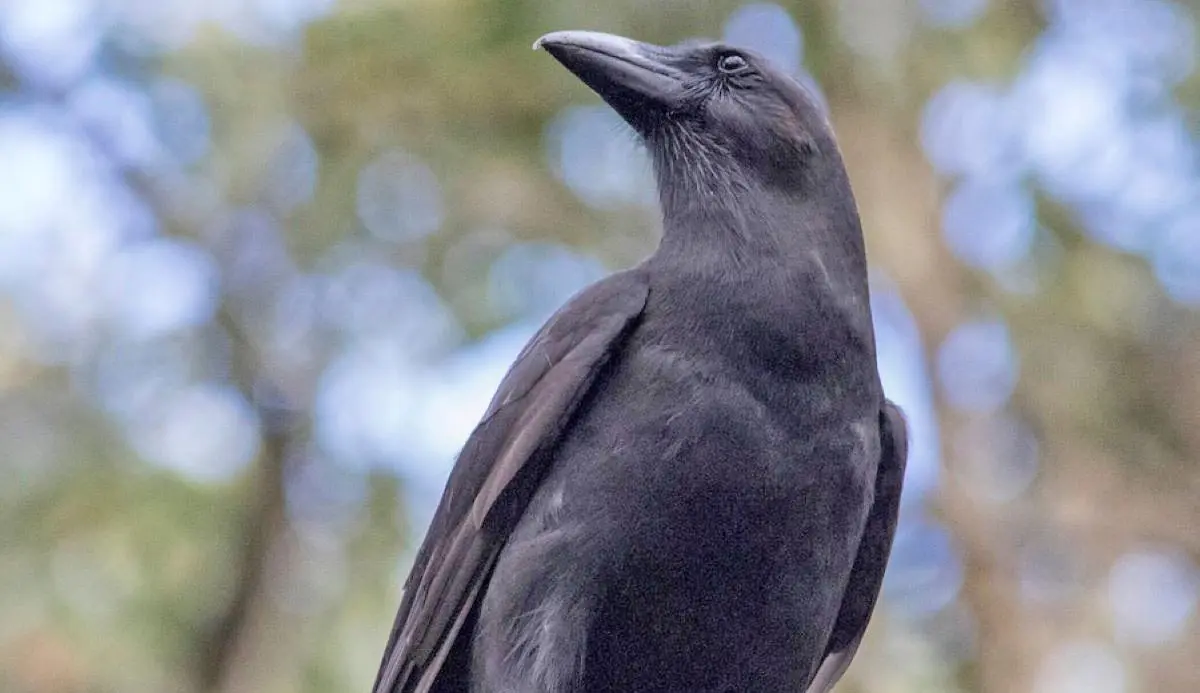
Called “the guardian of the forest,” Hawaiian crows were one of five crow species native to Hawaii. They were loud, sociable, and intelligent birds that weighed about one pound. Their calls often mimicked human screams, cries, and even moans!
In the wild, they ate fruits, invertebrates, nectar, flowers, carrion, and the eggs of other birds. Like other corvids, Hawaiian crows were social creatures, living in pairs or family units. Because crows are so intelligent, they’re capable of forming close bonds.
Yet, these birds went extinct in the wild. Predation by mongooses, rats, and feral cats was the primary reason. Still, hunting, diseases, and habitat degradation also contributed to their extinction.
As of 2019, there were 100 of these birds in captivity. Pu’u Maka’ala Natural Area Reserve conducted release efforts to try to reintroduce these birds back to the Hawaiian Islands. Unfortunately, efforts so far have been unsuccessful.
Wyoming Toads Only Remain in Captivity
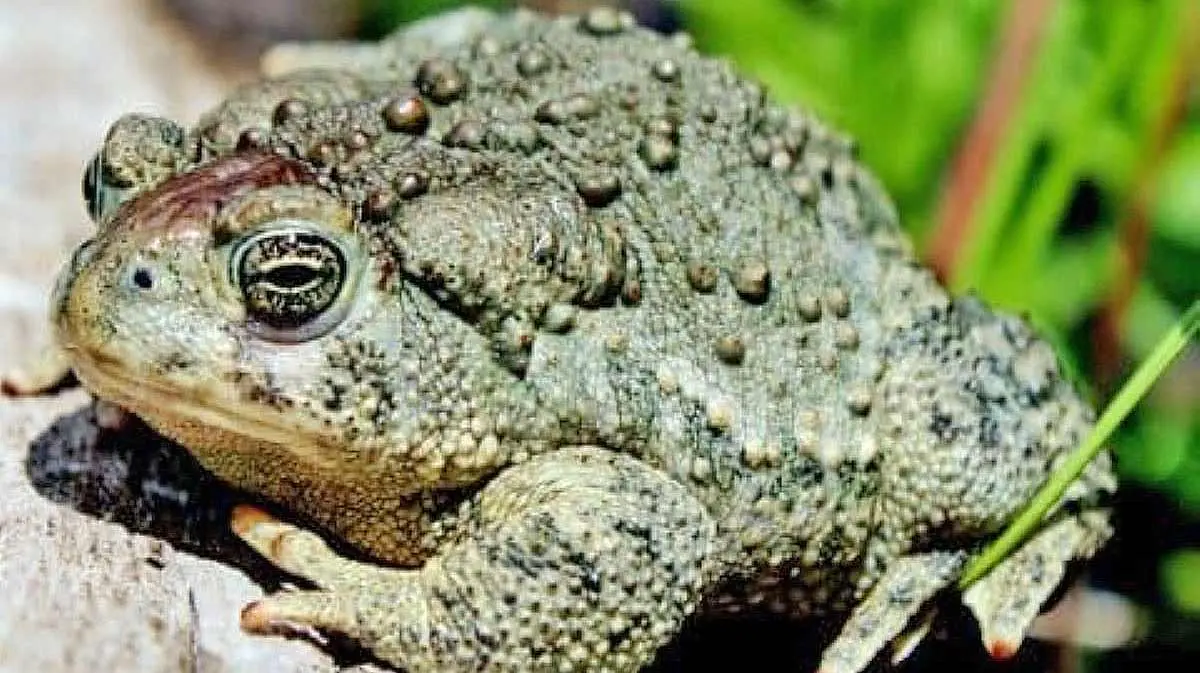
In 1994, the Wyoming Toad went extinct in the wild. But what is it? And why did it disappear from its natural habitat?
These amphibians used to live throughout Wyoming’s wetlands. They preferred the floodplain ponds and seepage lakes of areas, such as the Laramie Basin. However, pesticide runoff, habitat destruction, acid rain, and fungal diseases caused this small toad species to die out in the wild.
This toad has bony ridges on the top of its head and a greenish-gray body with bumpy skin and black spots on its underbelly. Wyoming toads eat ants, beetles, and other arthropods. They also hibernate during winter, emerging once temperatures reach above 70 degrees Fahrenheit.
Conservationists and zoos have worked to breed and release thousands of these toads and their tadpoles back into the wild. However, despite these efforts, they remain critically endangered. Mortality rates are high for the toads upon release.
Most of the difficulty arises in finding a suitable place to reintroduce these toads. They need warm pools to breed in, and many of these habitats were either destroyed or contaminated with pollution.
Scientists continue to fight for the Wyoming toad’s survival.
Hope Remains for Threatened Animal Species

Zoos and conservationists work tirelessly to keep endangered animals alive. Sometimes, their efforts are all that stands in the way of an animal’s extinction. Animals that are extinct in the wild face many challenges. With their habitats disappearing and invasive species taking over, reintroduction usually comes with a high mortality rate.
In addition, changes over time can make these species less adapted for the wild. Conservationists face many uphill battles, but they persist, and someday soon, these species could be able to survive in their natural habitats again.


